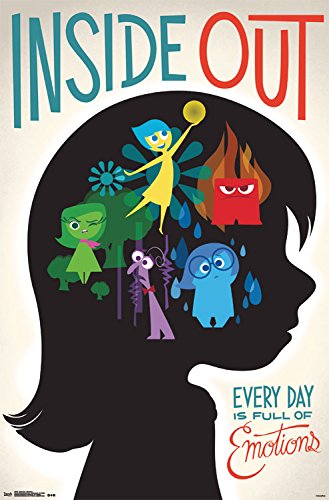Very young children tend to express their emotions through behaviors such as pushing, hitting, or kicking because they do not have the words to communicate how they are feeling. School-age children are rapidly developing their language skills but often revert back to what they know when a conflict arises – physical aggression. Encouraging your child to verbally express how they are feeling both promotes language development and self-regulation. Children learn that they can use their words to solve problems and that feedback from family and friends is helpful. Below you can find activities to use at home to talk to your child about emotions.
-
Get a sense of how many feeling words your child knows by asking them to name as many as they can in 30 seconds. Write down what they know and ask them to recall a situation in which they felt each emotion. Add two new feeling words to their vocabulary and explain a situation in which you felt both.
-
Help your child learn to identify facial expressions and body language by playing charades. Write a variety of feeling words on slips of paper and place them in a bowl. One player draws a slip of paper at a time and acts out the feeling word that is written until the other player(s) guesses the feeling correctly. Then reverse roles and play again. The player with the most successful guesses wins.
-
Ask your child how they manage their different feelings. For instance, what do they do when they are mad? Or sad? Or nervous? Is it a helpful or harmful response? Provide an example of a time you were mad, or sad, or nervous and how you calmed yourself down.
-
It can be helpful for children to understand how their bodies react to different emotions. Ask your child to choose a color to represent each of the feelings they know. Maybe they choose blue for sad, red for mad, and yellow for nervous. Whatever they choose, ask them to explain. Then ask them to color where they feel each emotion in their body. You can use this worksheet as a guide.
- Watch Inside Out, the story of an 11-year-old girl who moves across the country with her family and struggles with adjusting to a new school. The movie explores the many emotions she experiences and how she copes with the changes. The DVD is available at Dearborn Public Library.

Leave a Reply